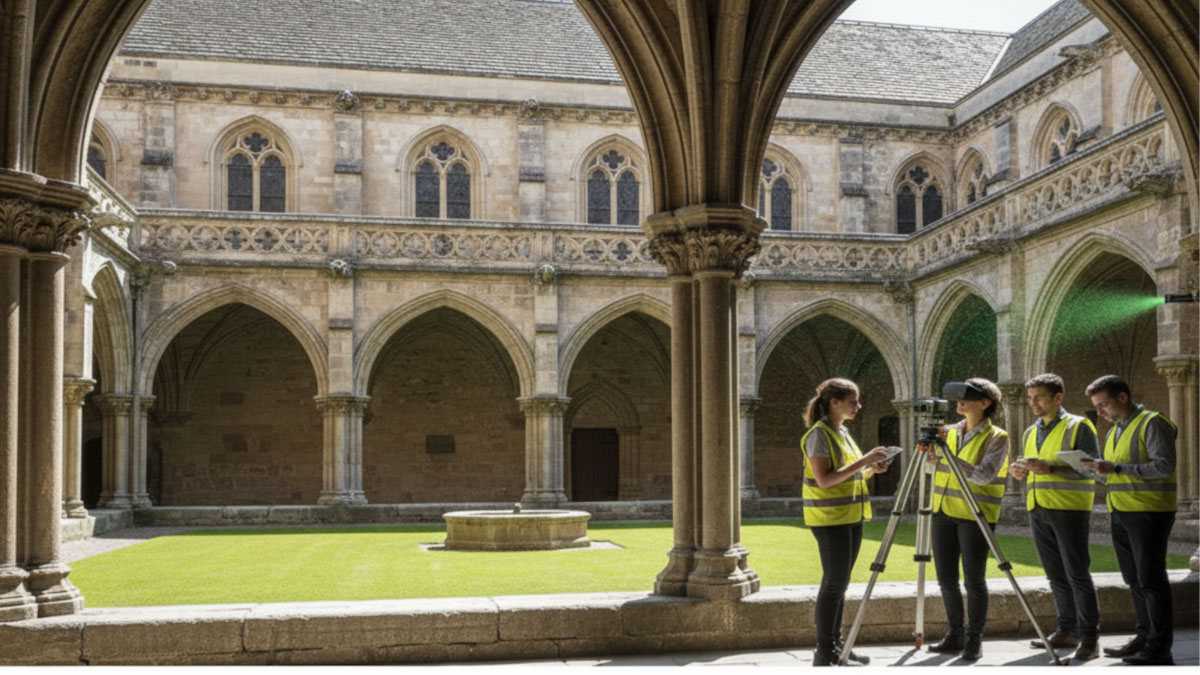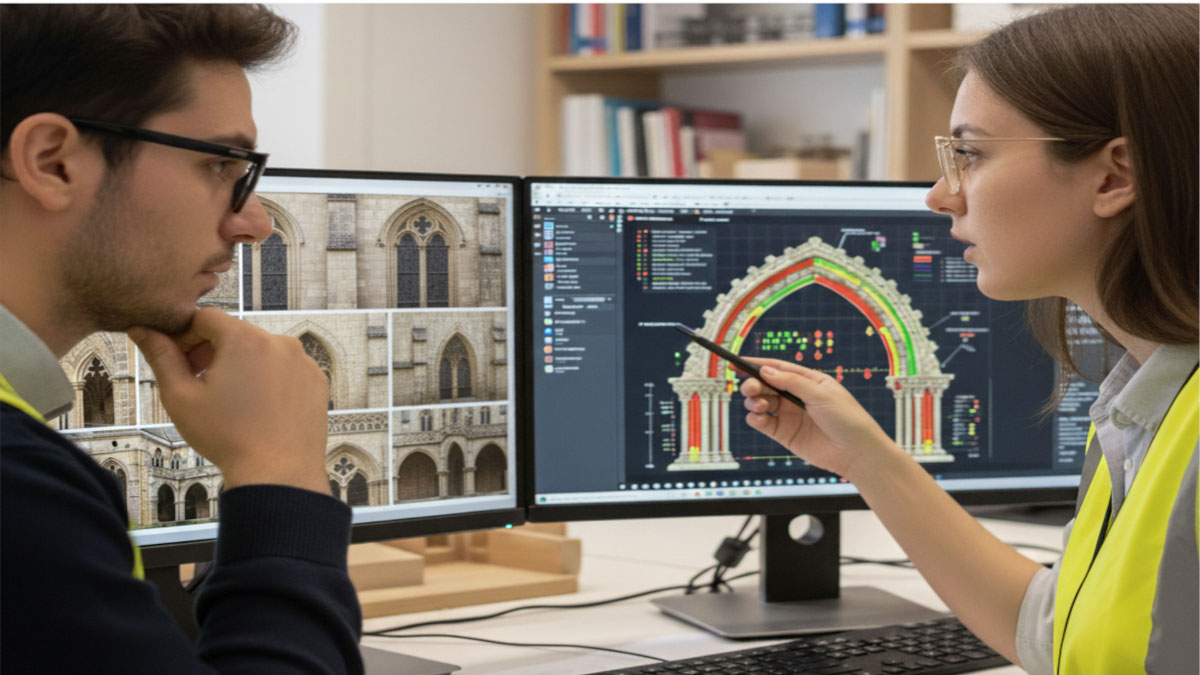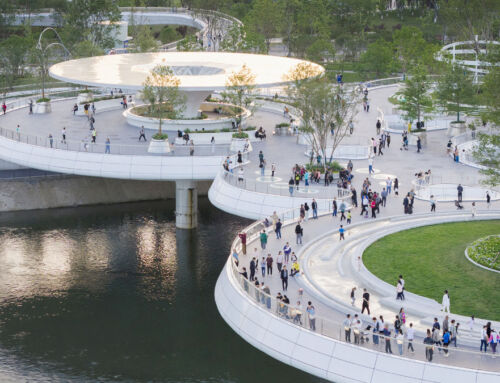The protection of tangible cultural heritage—specifically, historic buildings and structures—aims to preserve their testimonial value and pass on their legacy to future generations. One way of protecting this heritage is through conservation architecture. Today, however, artificial intelligence (AI) has also entered this field, opening up promising new avenues for the safeguarding and recognition of historical heritage.
Indeed, a growing number of research projects on historic sites and buildings are currently being developed using a combination of AI techniques—such as machine learning and computer vision—with advanced technological tools such as drones, robots, and three-dimensional scanners.
For example, using drones equipped with smart sensors, it is possible to reach remote or hazardous areas in a building, capture aerial images and generate three-dimensional point clouds. This flood of data is processed using modelling software to create HBIM (Heritage Building Information Modelling) models. In addition, AI is used to automatically analyse the images and information collected to assess the level of deterioration and identify areas requiring intervention.

Another important application of AI in conservation architecture is diagnosis and continuous monitoring. Based on an HBIM model of a historic building, intelligent systems are implemented that monitor the building’s “state of health” in real time and suggest appropriate solutions for its management and conservation. Sensors installed at strategic points capture physical, structural, environmental and usage parameters, therefore facilitating the implementation of specific intervention strategies for each problem detected.
With regard to the reconstruction of fragmented pieces, AI makes it possible to autonomously process and reassemble fragments of ancient elements in a short time using robots, which would be extremely complex to do manually.
Finally, preservation benefits from AI-based predictive models capable of identifying risk factors and vulnerabilities in historic buildings. These models consider various scenarios—environmental risks, effects of climate change, intensity of use and structural conditions, etc.—and therefore aid decision-making in order to minimise the loss of heritage.
By David González Molina, BIM manager in the Architecture Department at Amusement Logic






